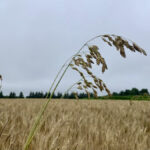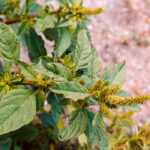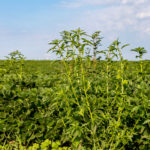Tag Archives herbicides

Grassy weeds in winter wheat at harvest
OMAFRA Field Crop Report for July 28

Finding green on green and dead where it needs to be
Spot spraying: Reliably identifying green weeds among a green crop has long been a goal for spot spraying herbicides

Herbicide injury rising in potato fields
Knowledge and preventative management can mitigate most instances

Recirculating booms can help slow spread of herbicide-resistant weeds
AGCO demonstrated value of new sprayer tech on a crop tour

Canadian weed sensing project could mean targeted spraying
Pesticides sprayed with more precision could reduce farmer costs and build consumer confidence in products

Can icons simplify chemical labels?
Experts argue an internationally used set of icons could make labels easier to update and understand

Weed of the week: Waterhemp
The challenging weed rapidly develops resistance, so rotating herbicides is critical

Using glyphosate wisely
Glyphosate breaks down in the soil but buildup is shown to affect phytoplankton

Using technology to pinpoint problem weeds
U.K. researchers create inexpensive, in-field herbicide resistance test tool

Bayer announces new herbicide mode of action
The broadleaf herbicide will be the first new mode of action in 30 years
